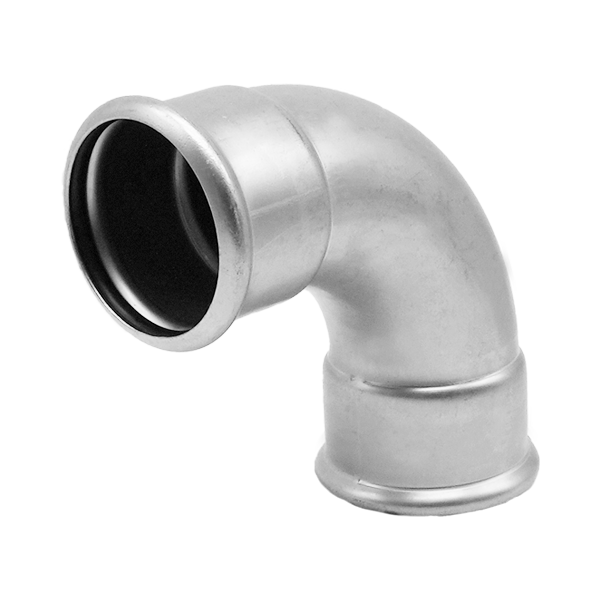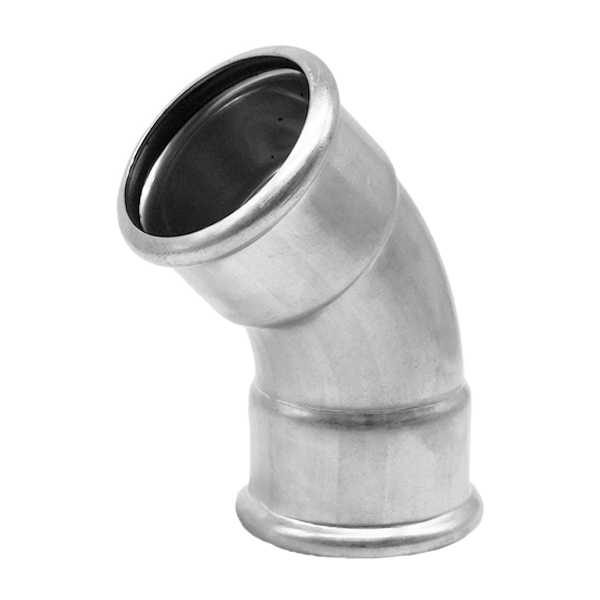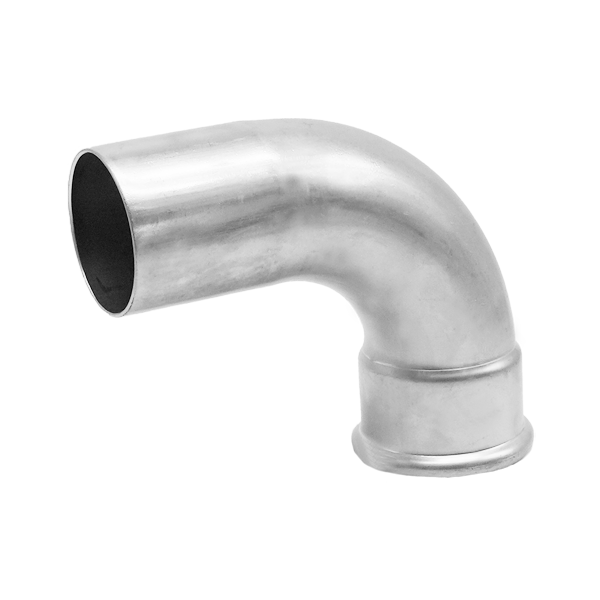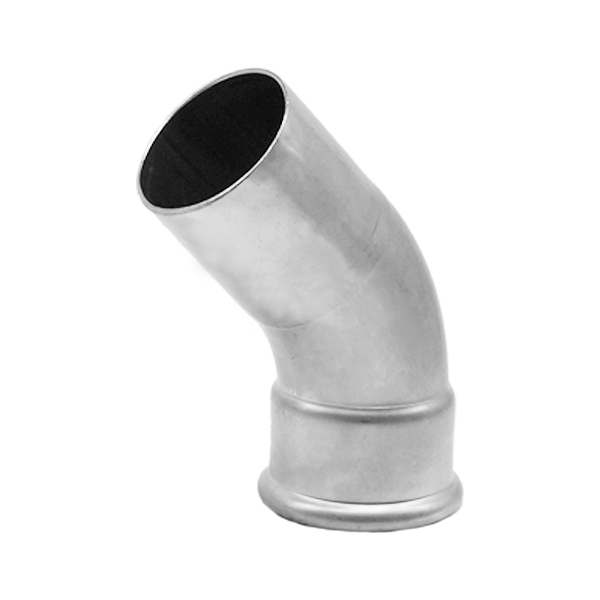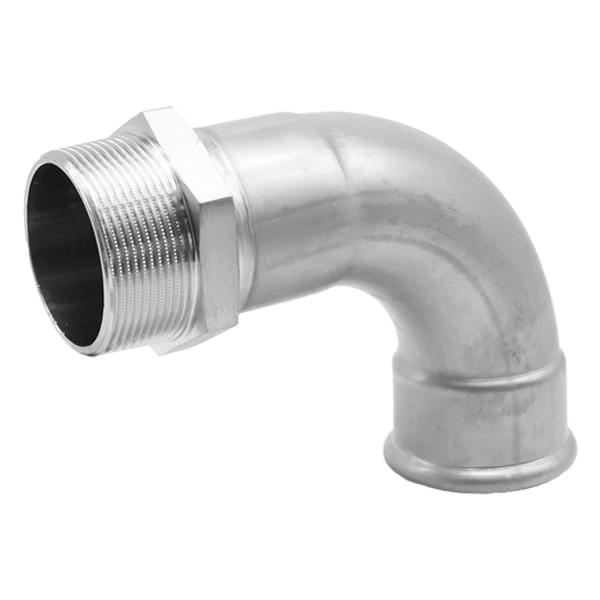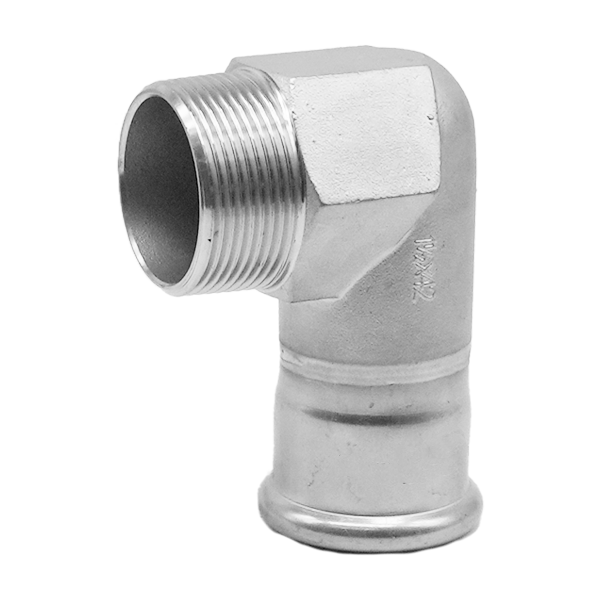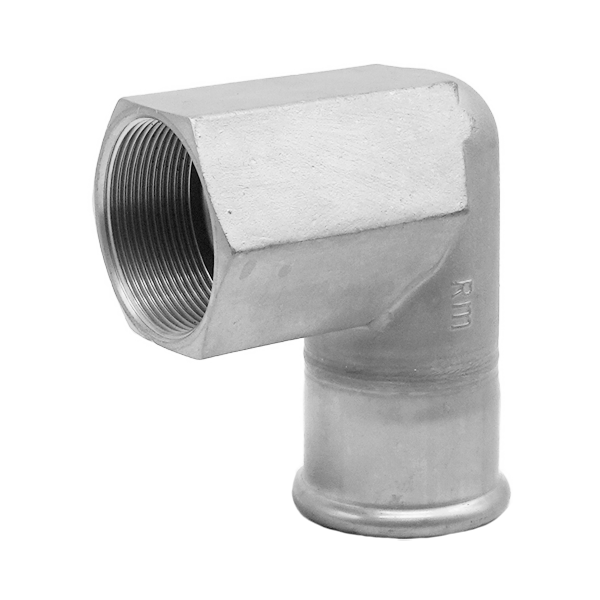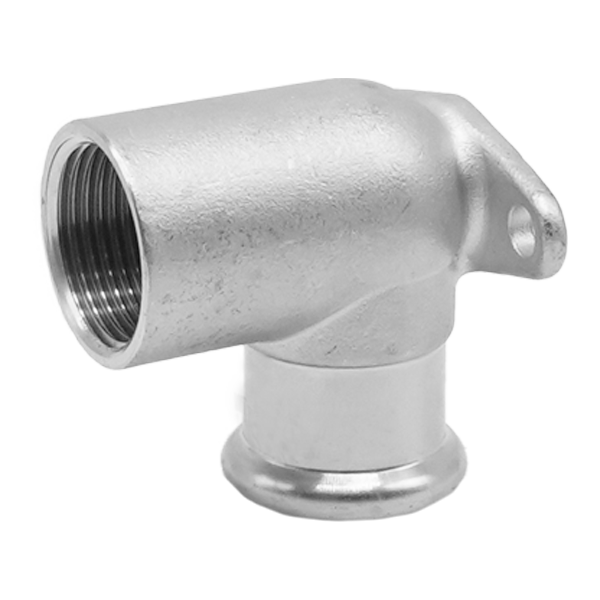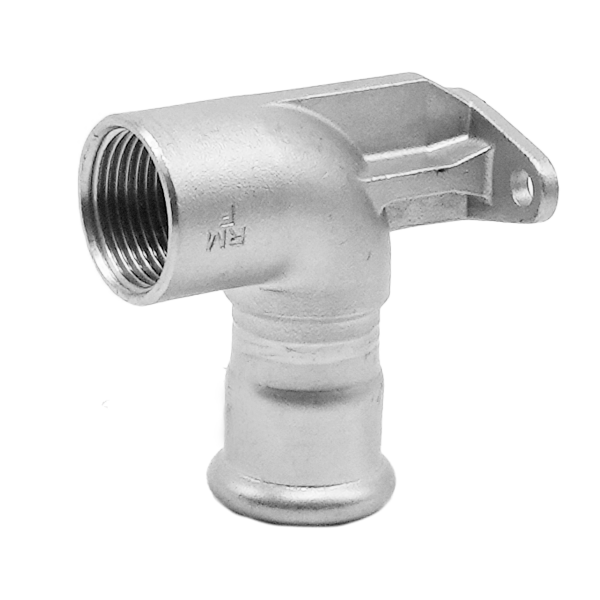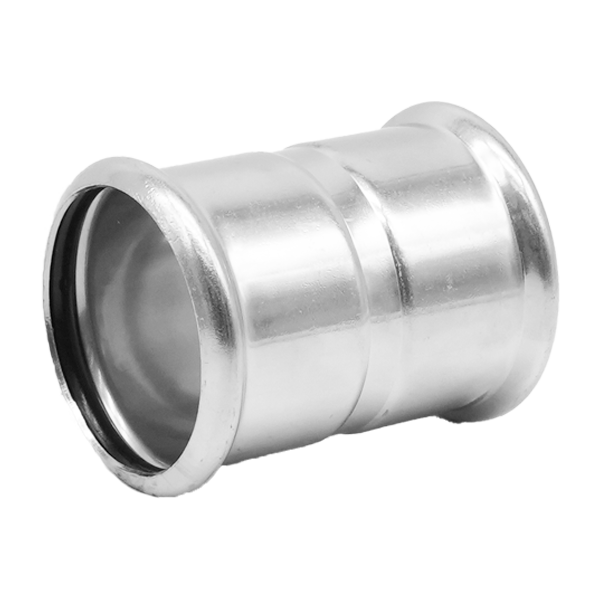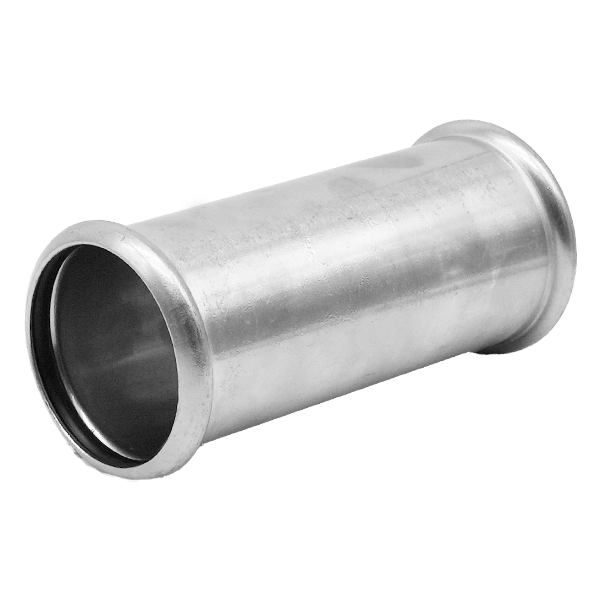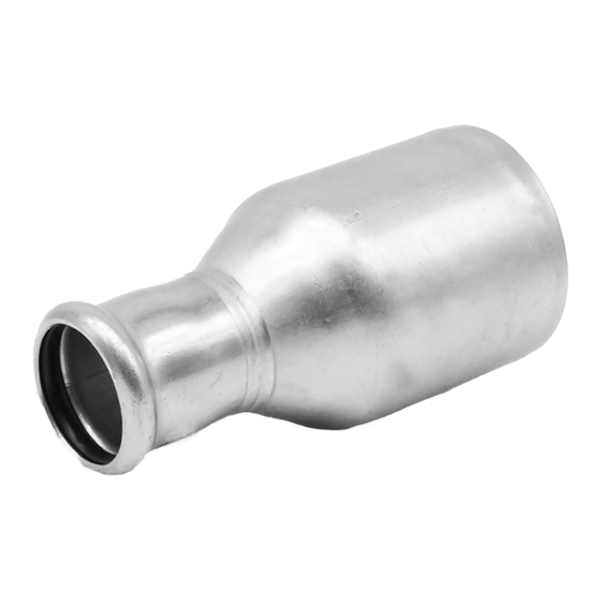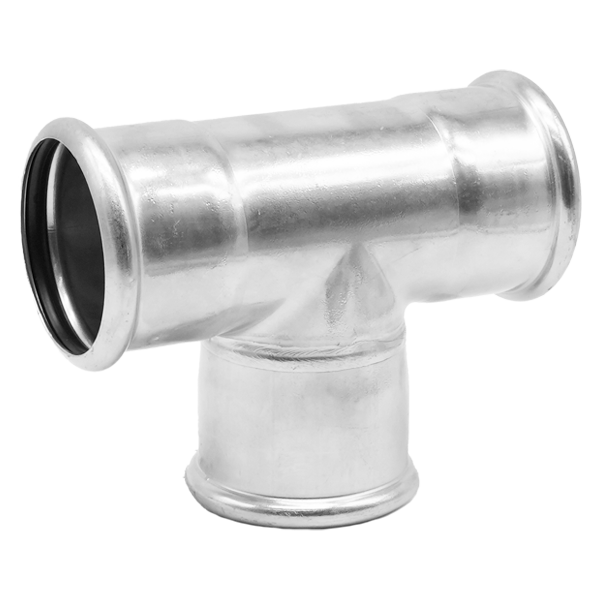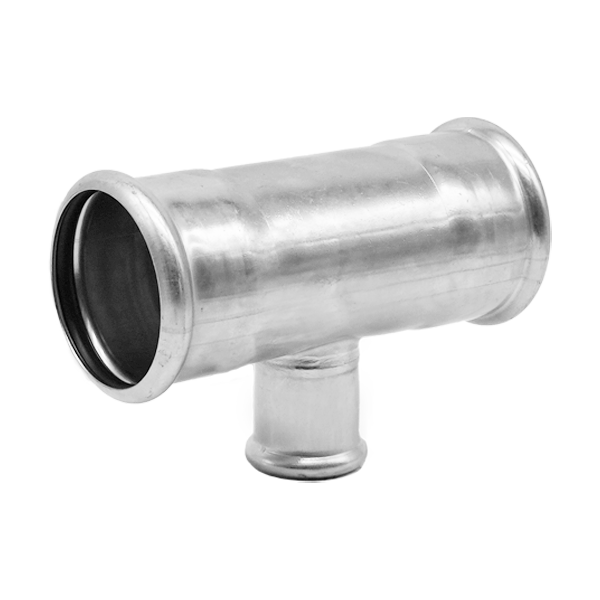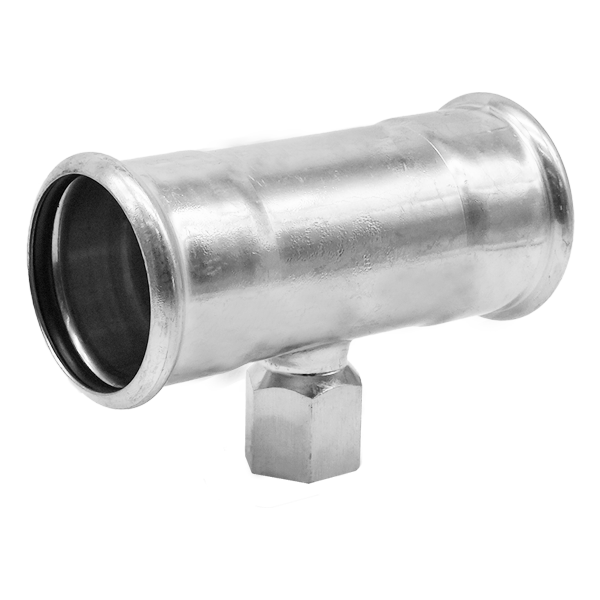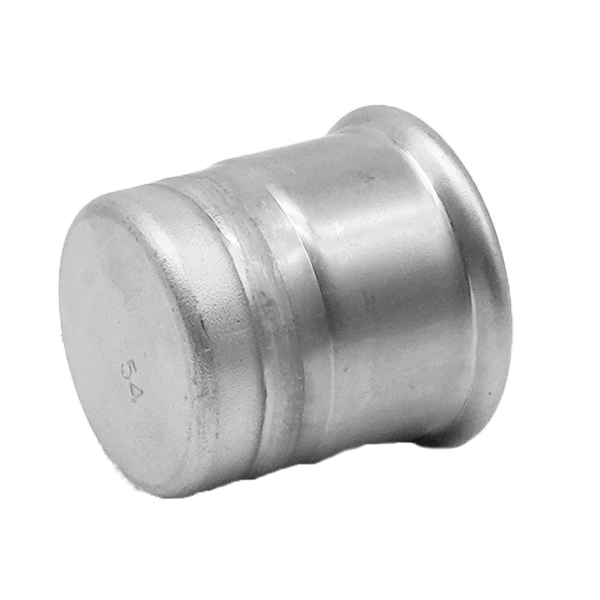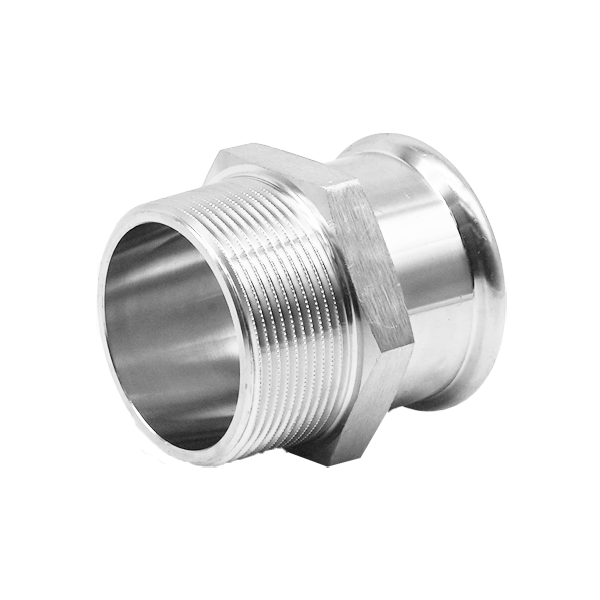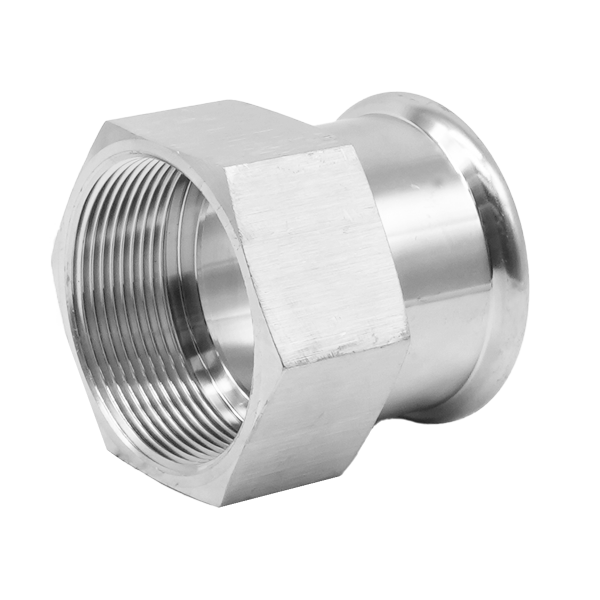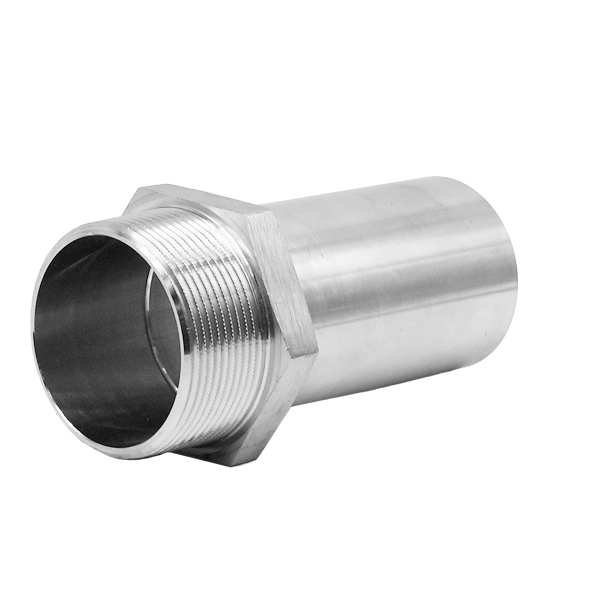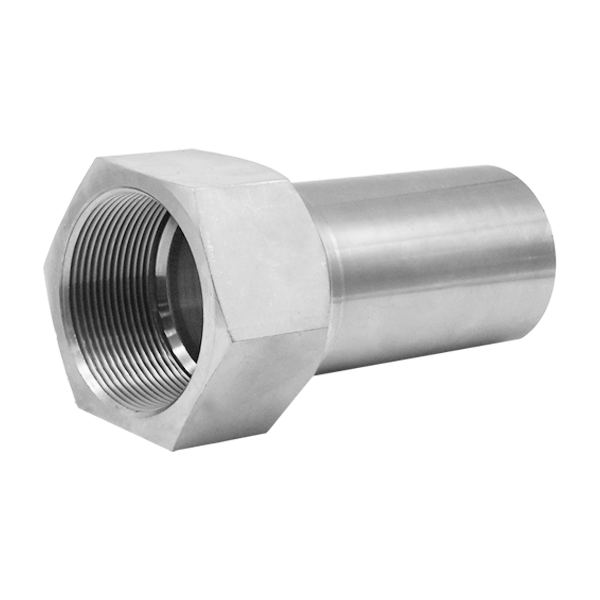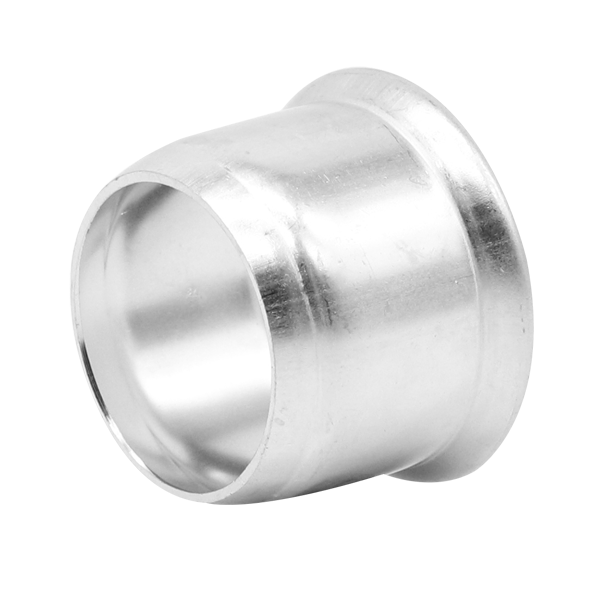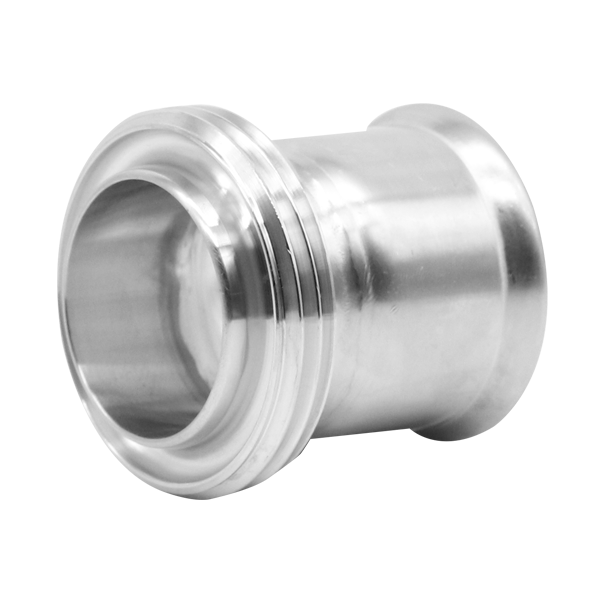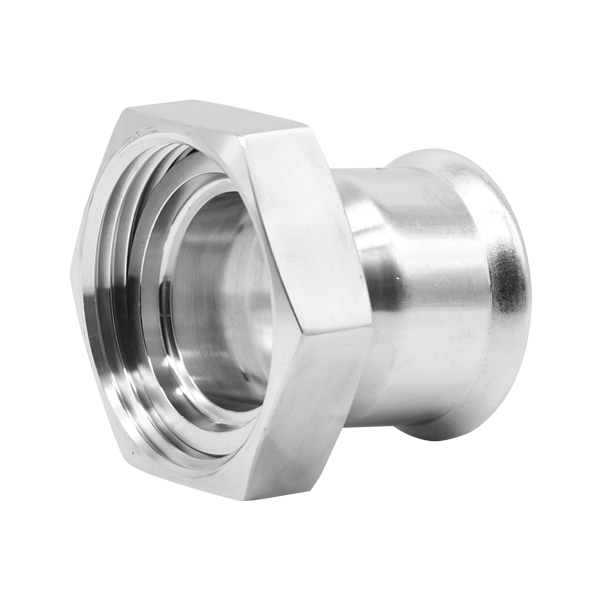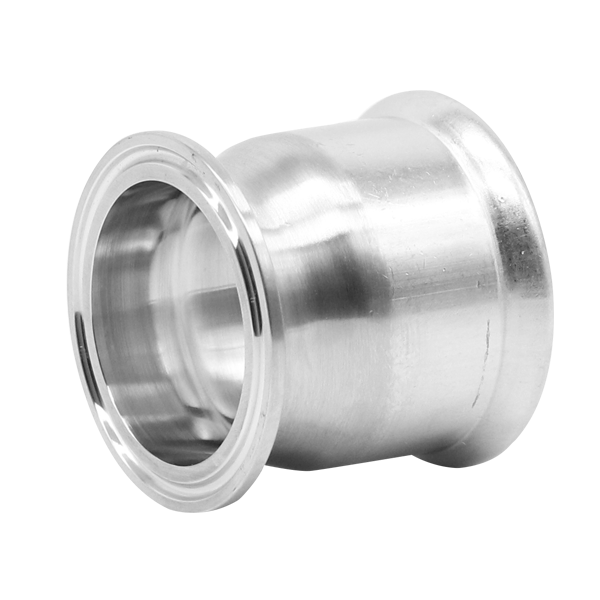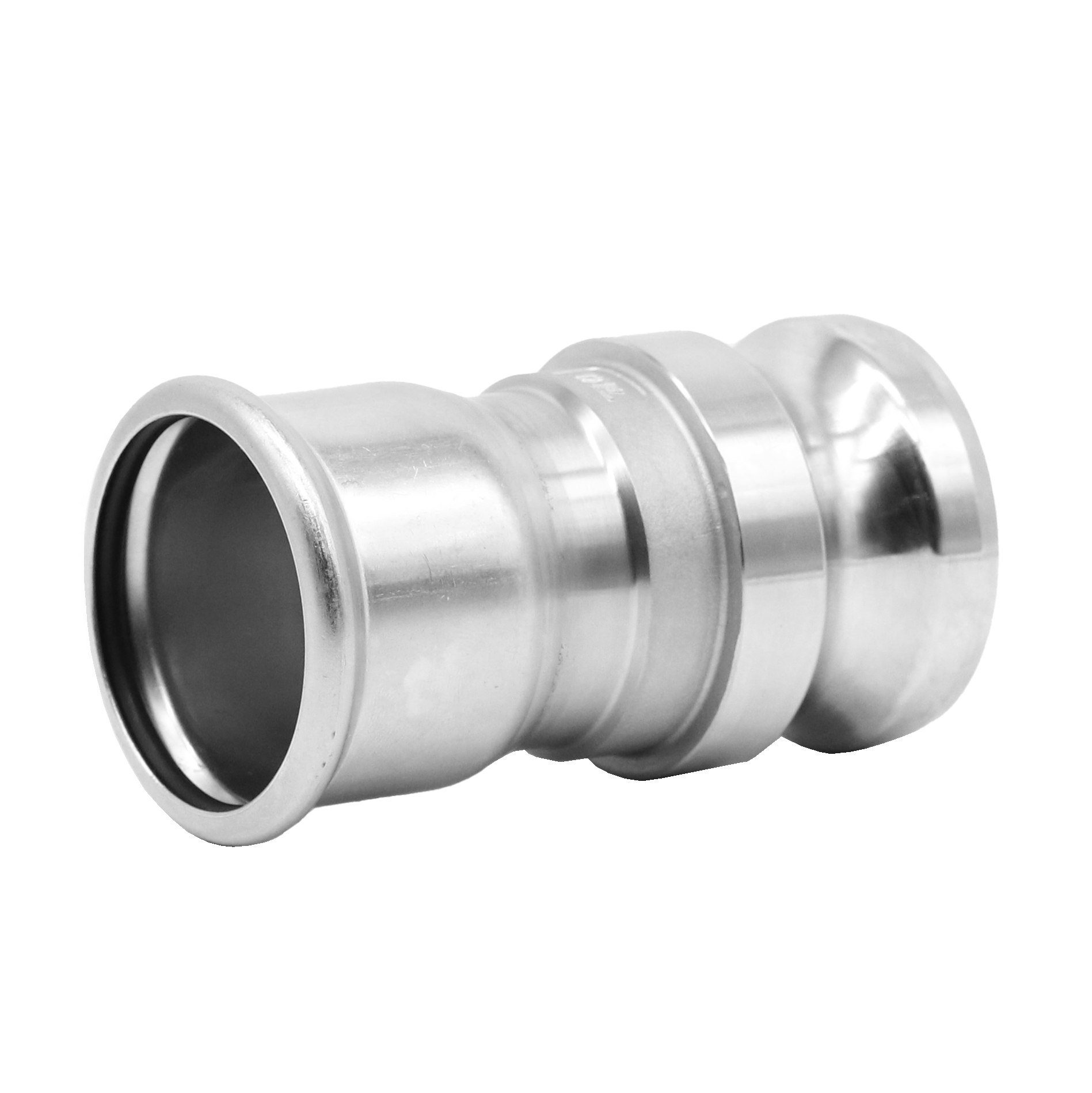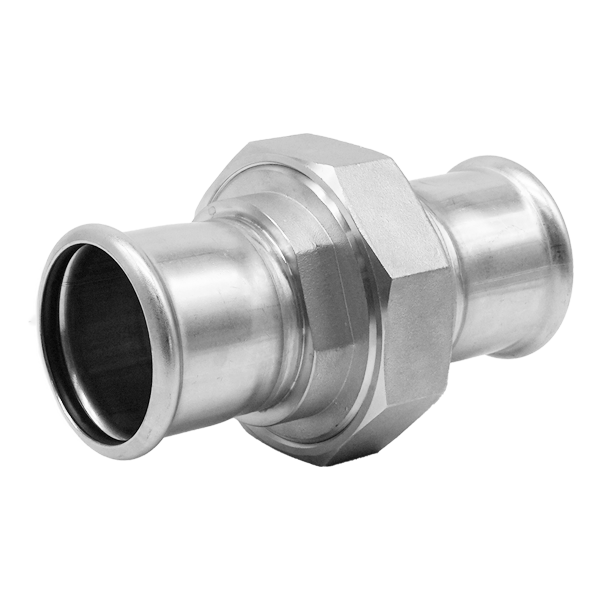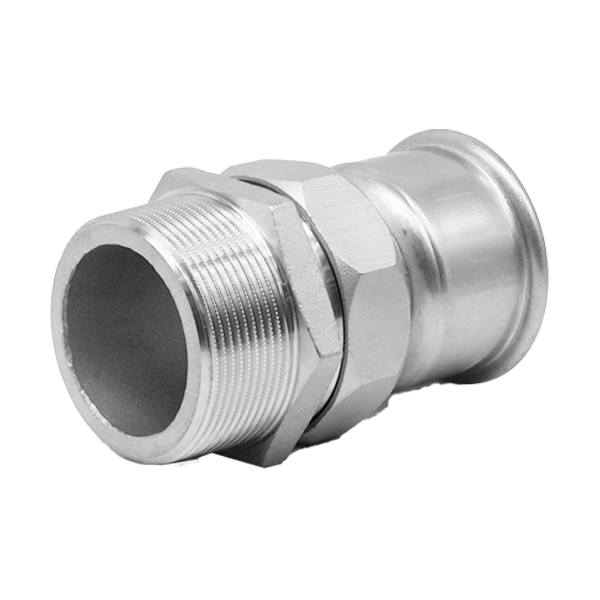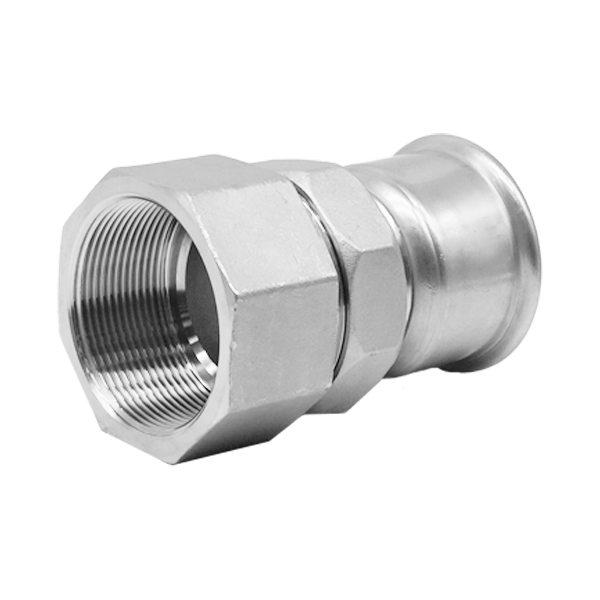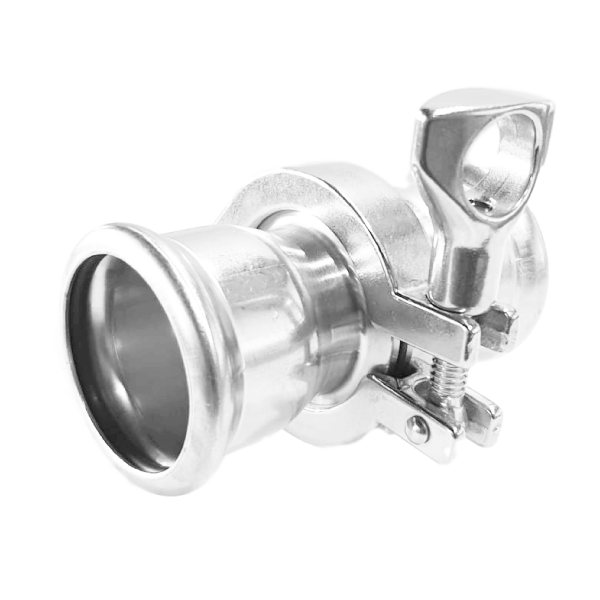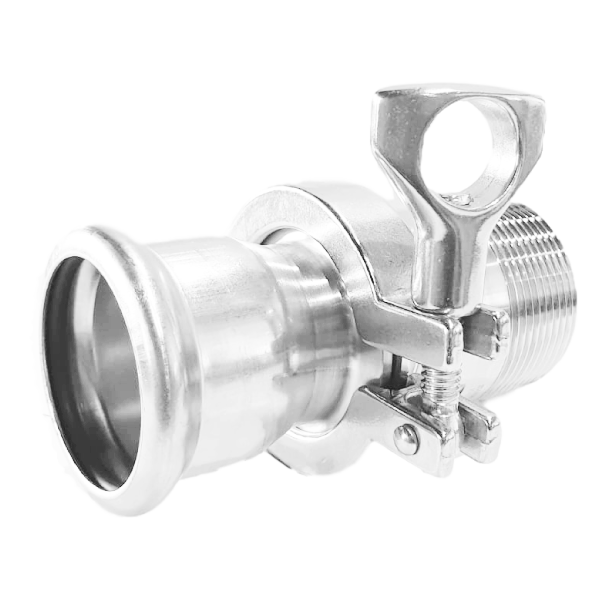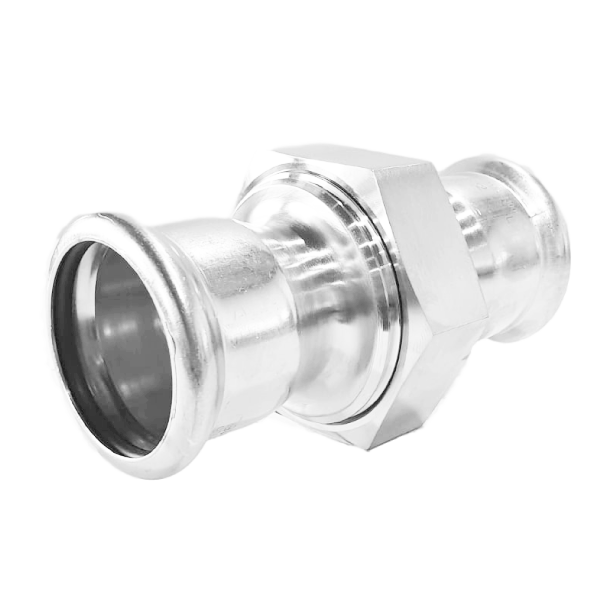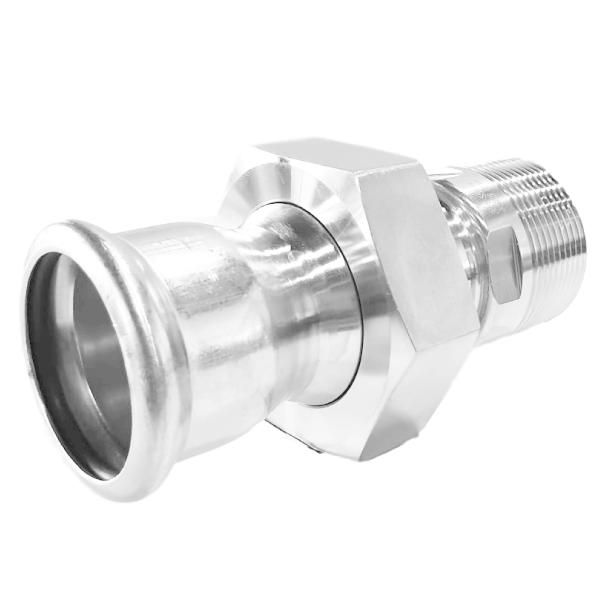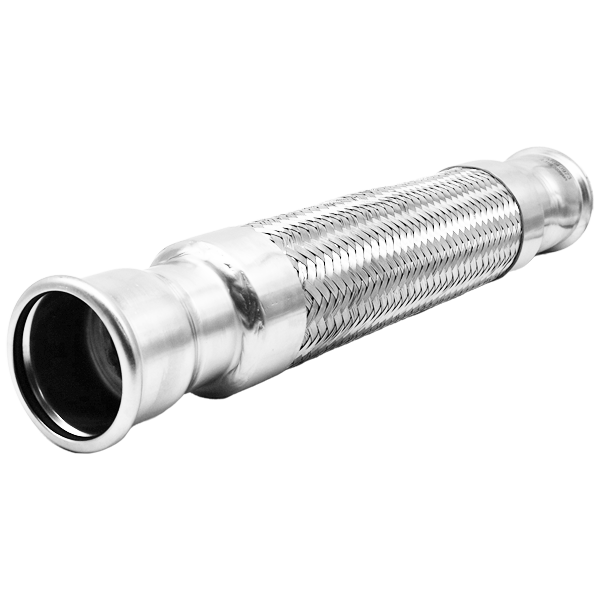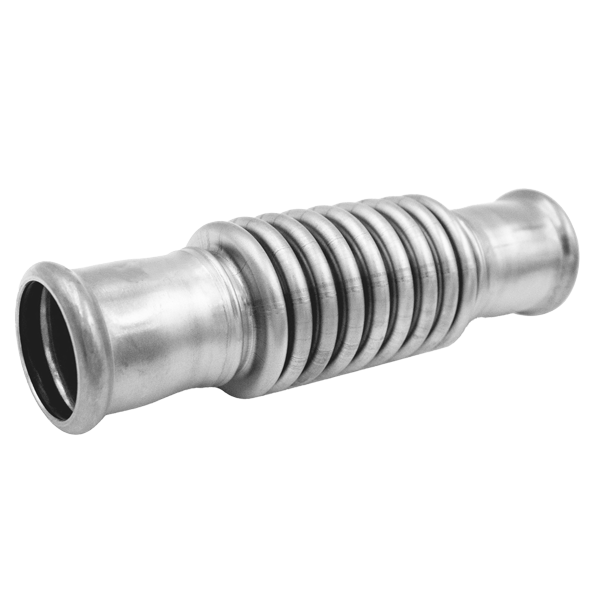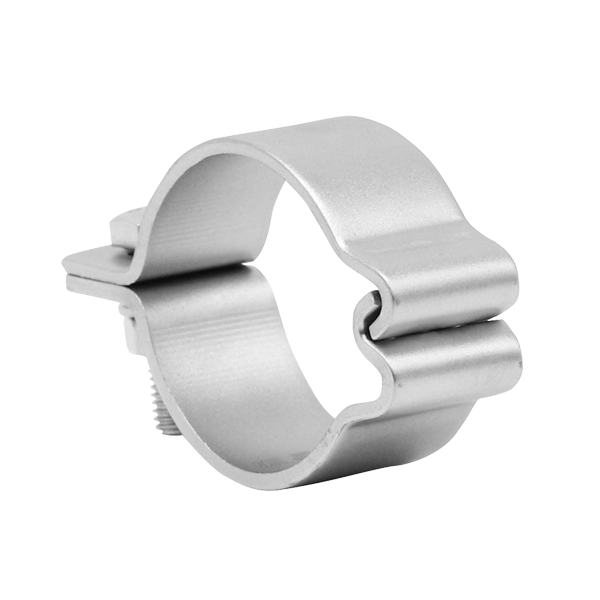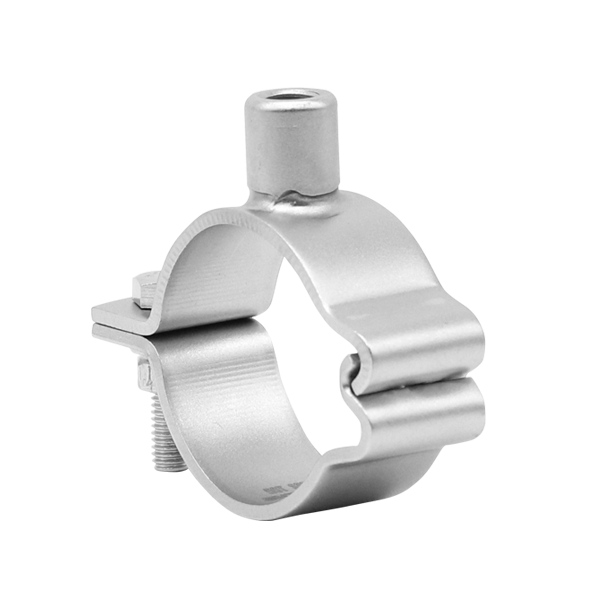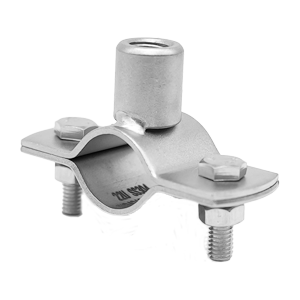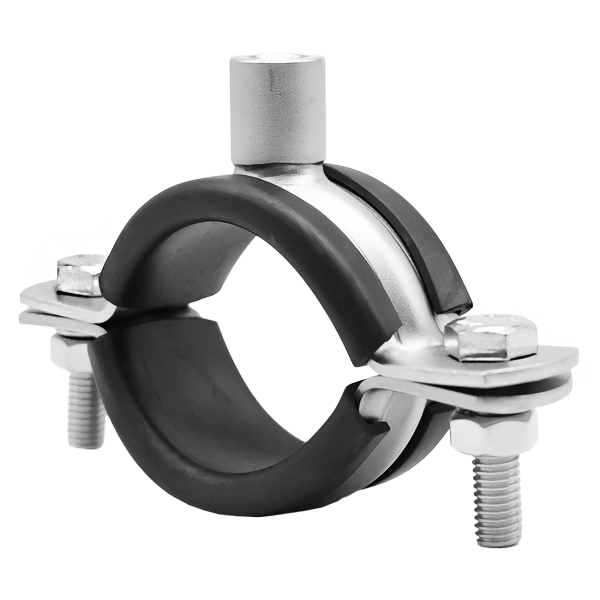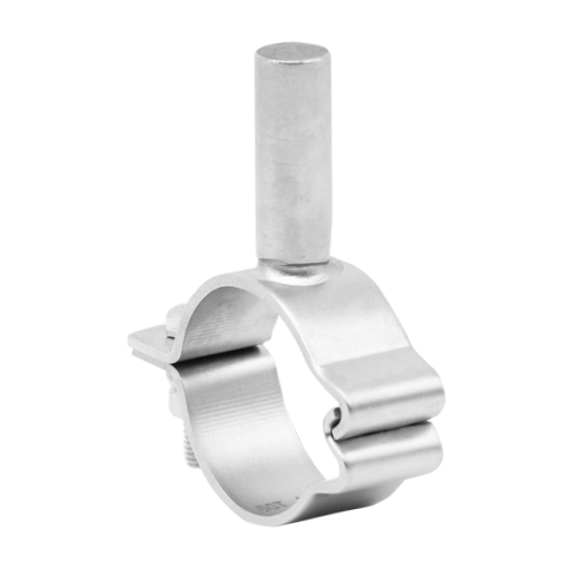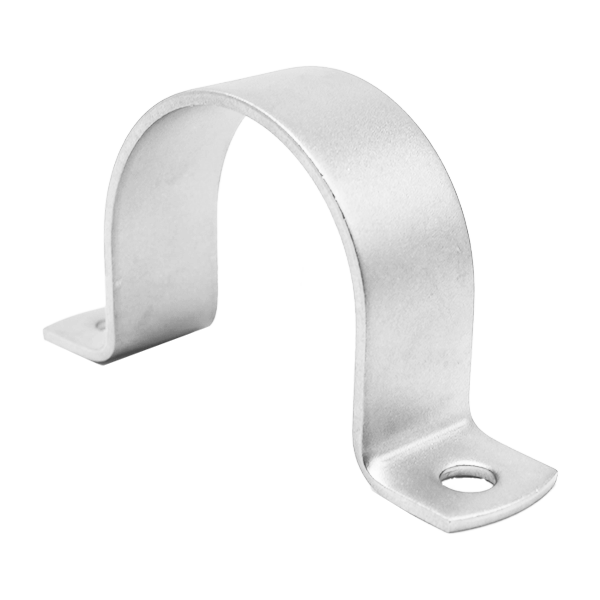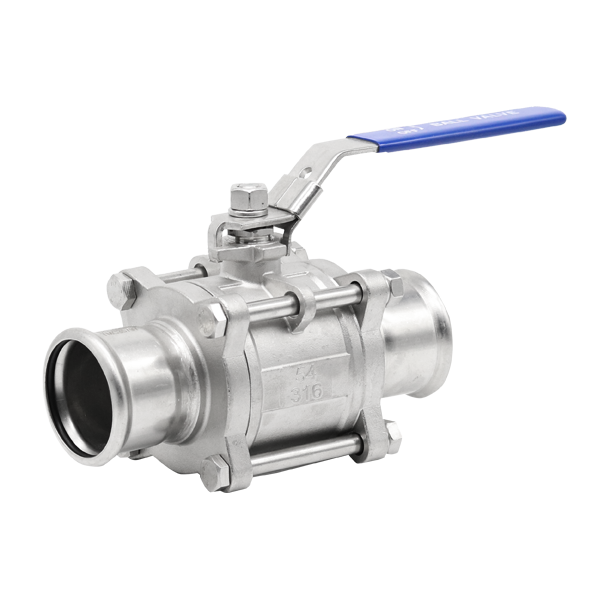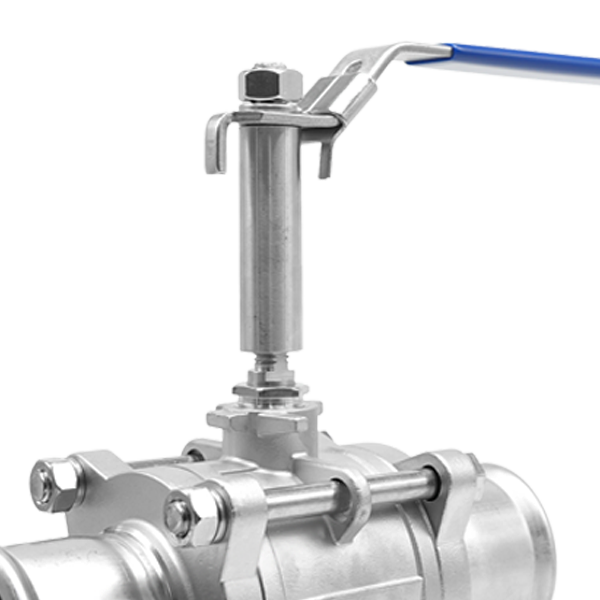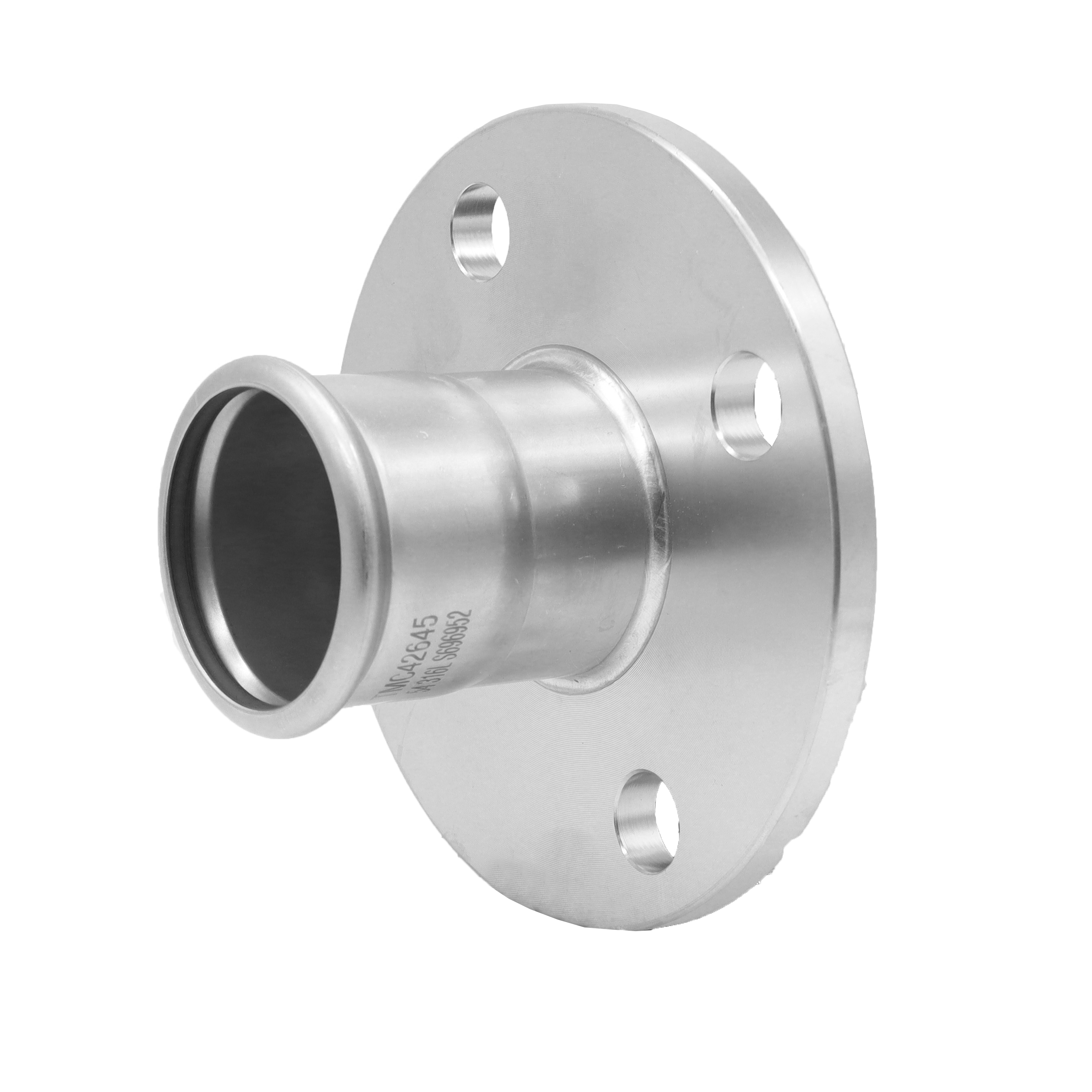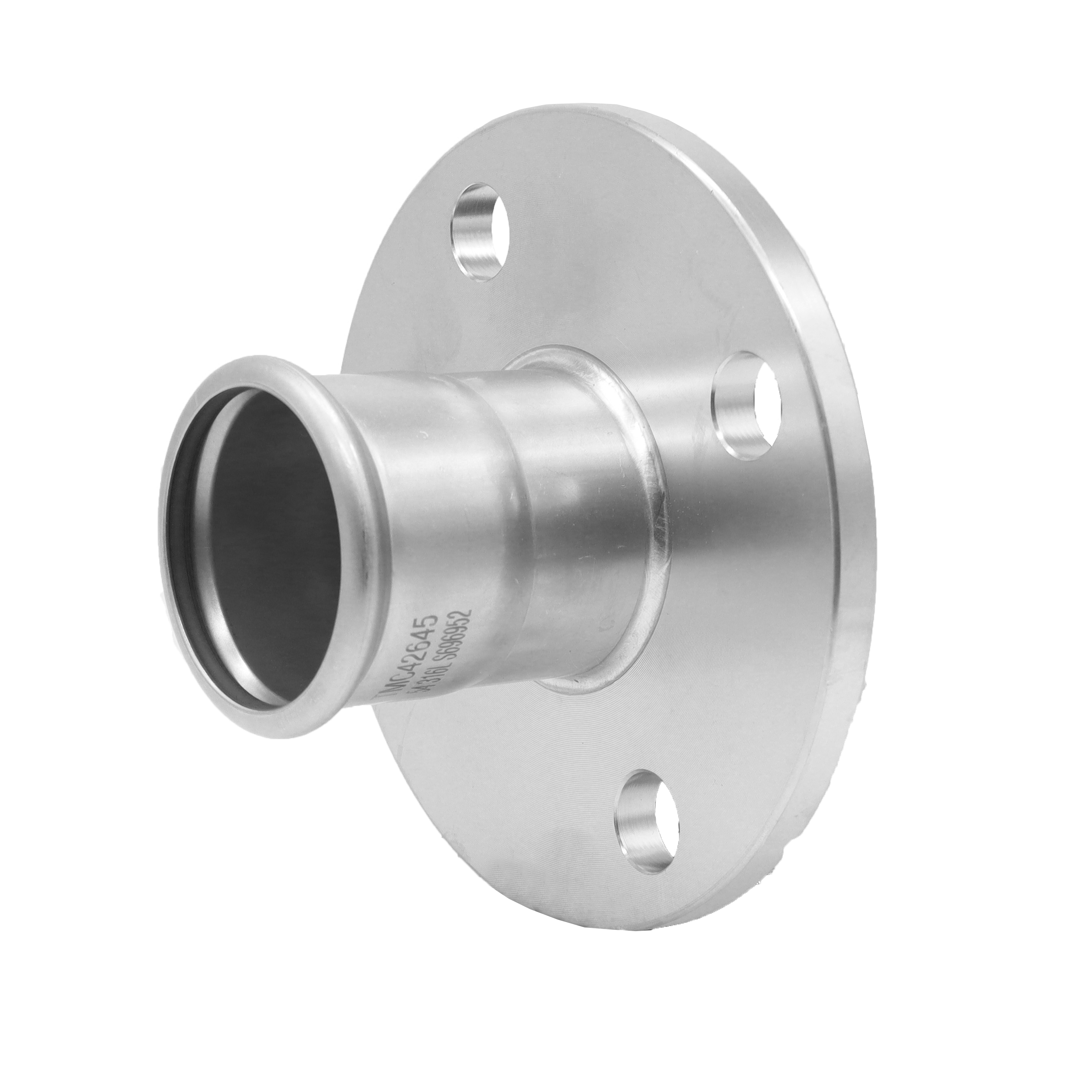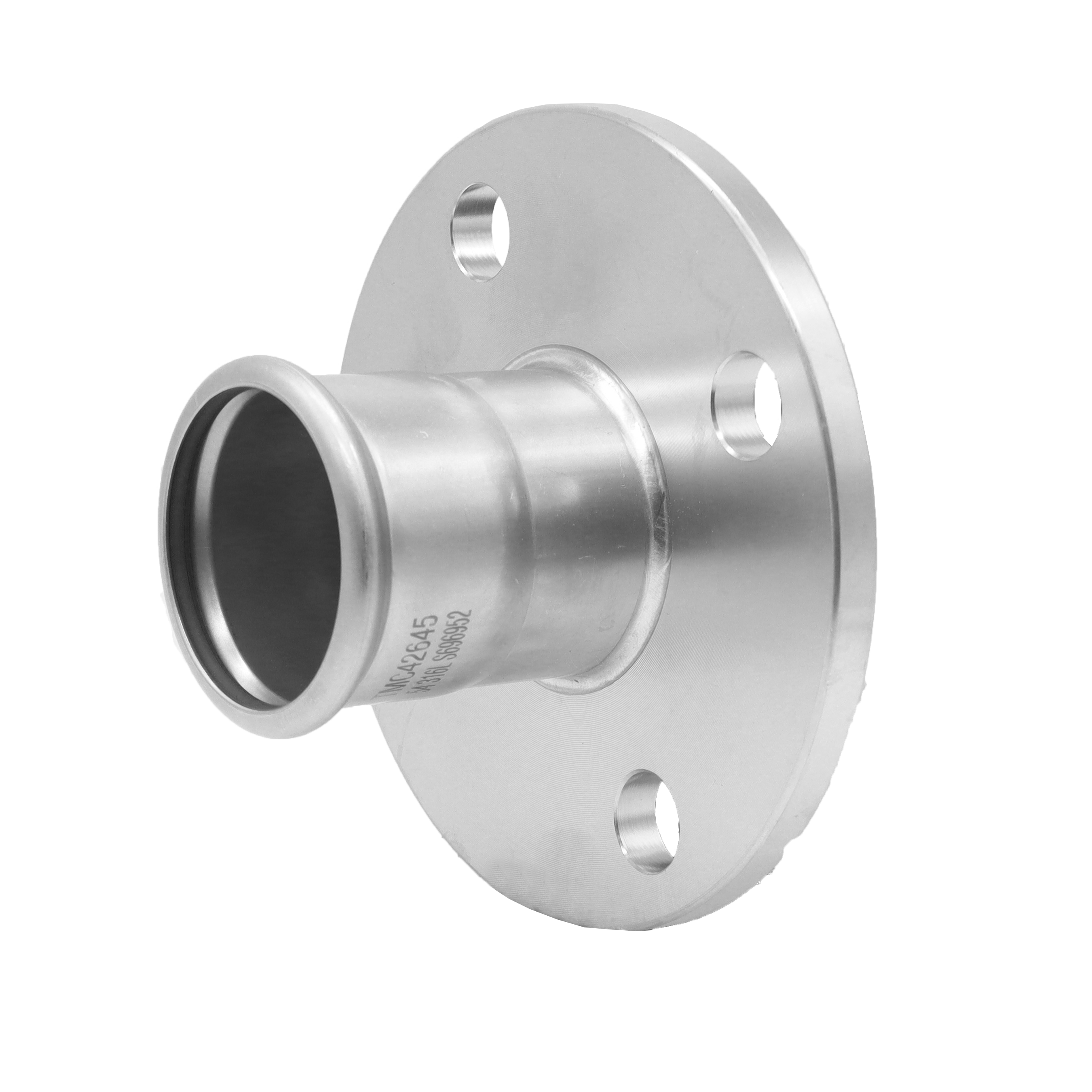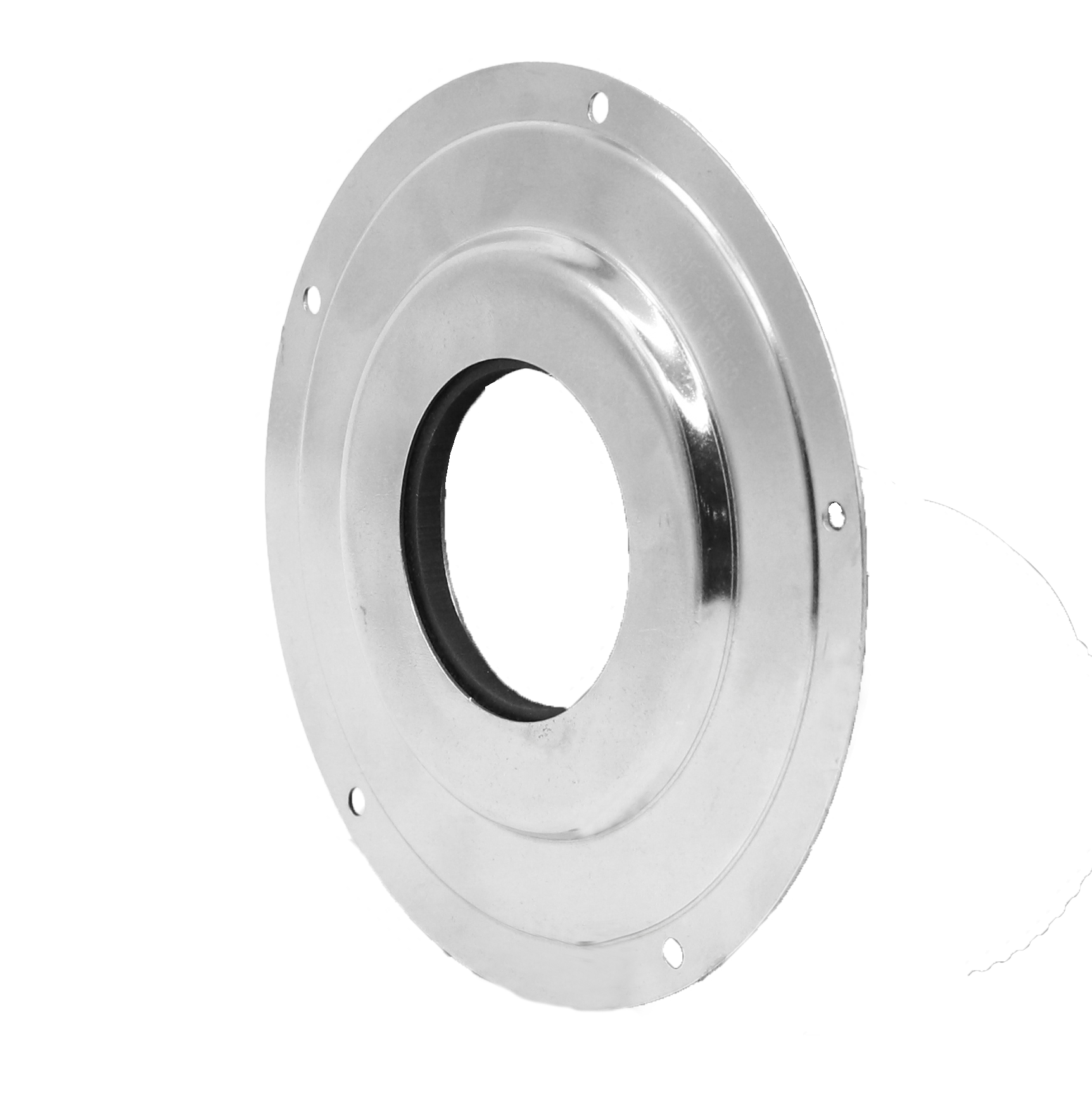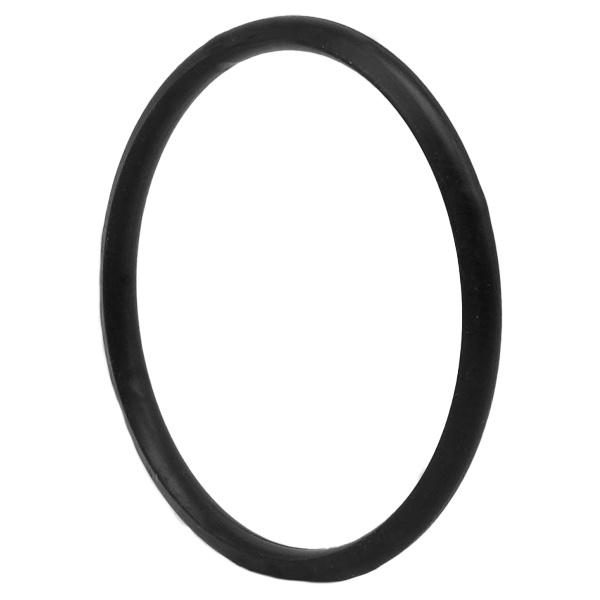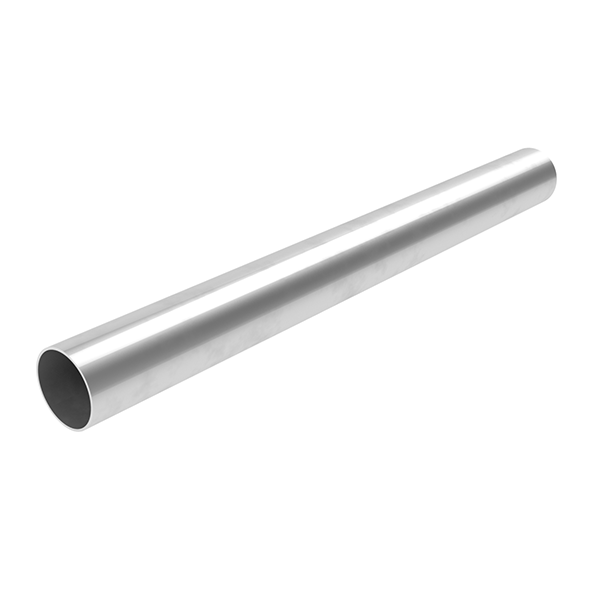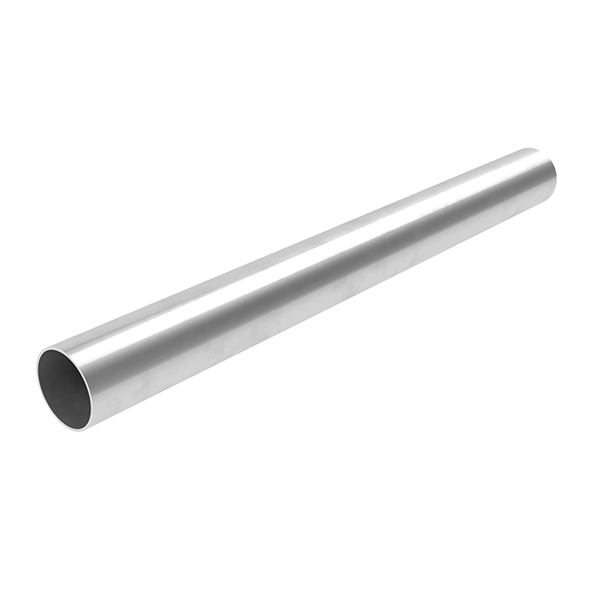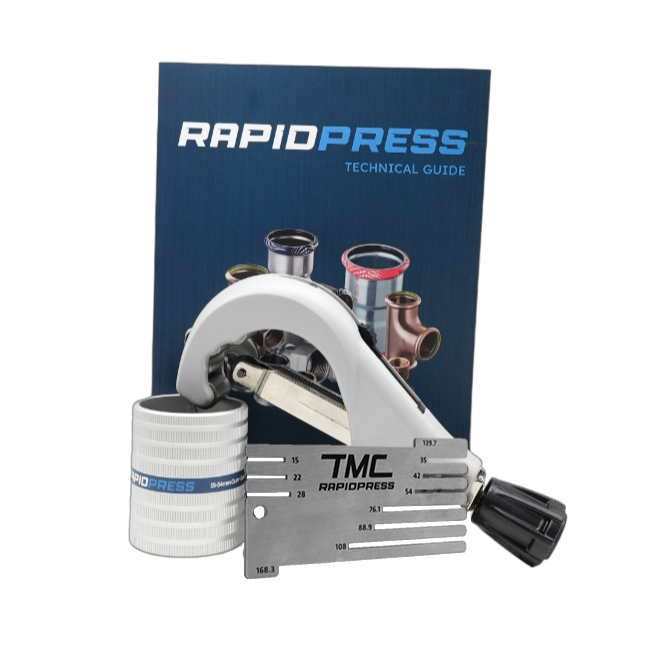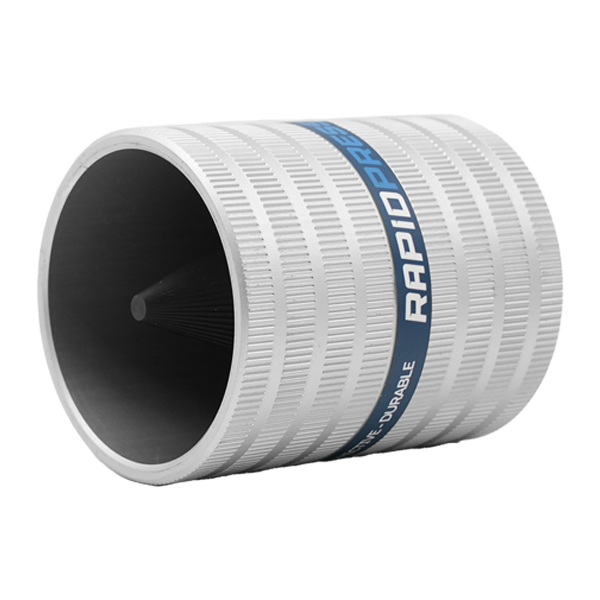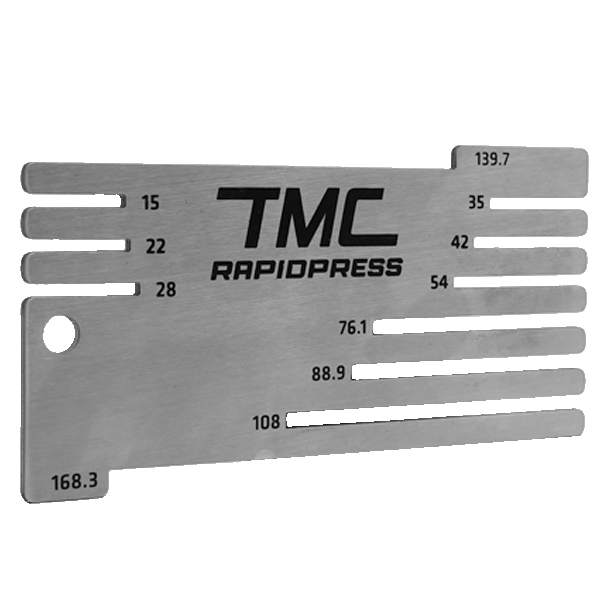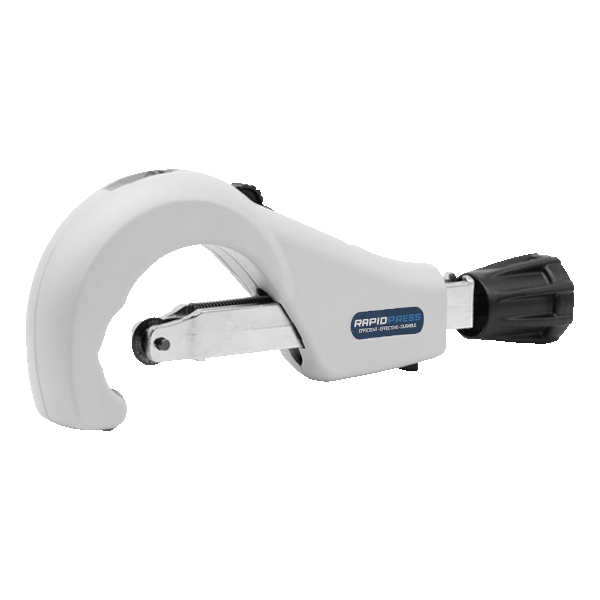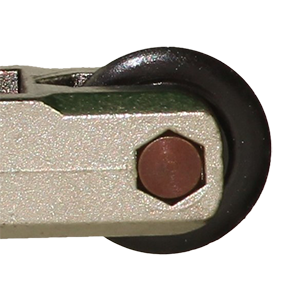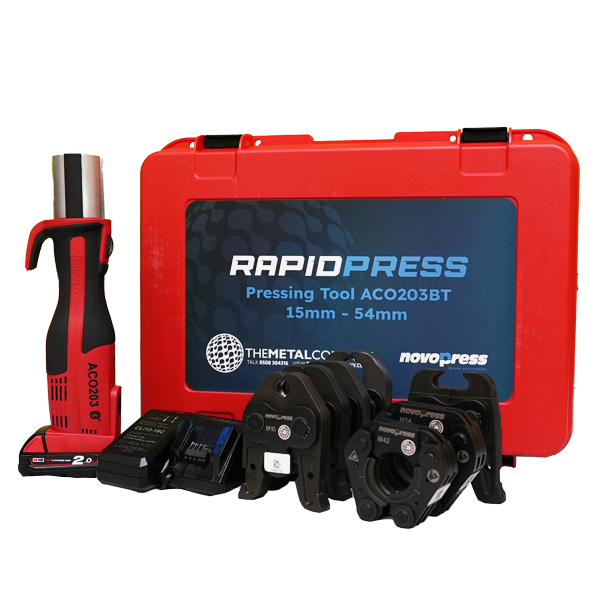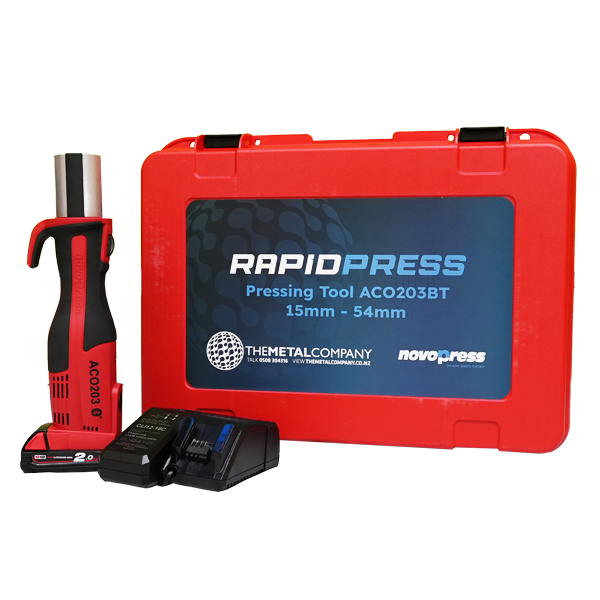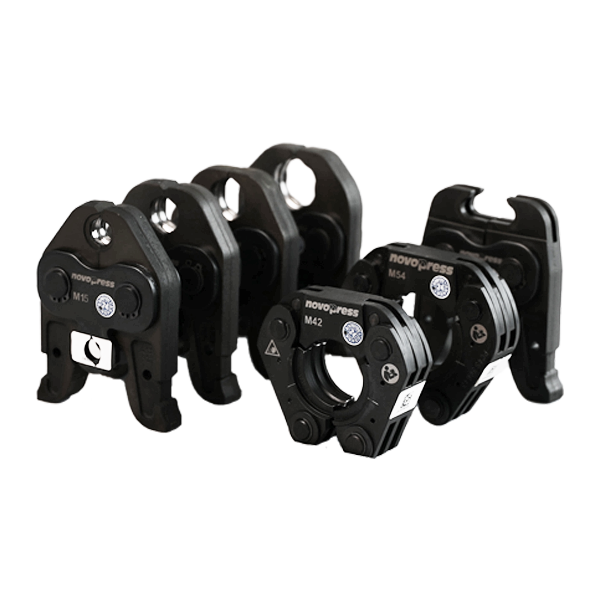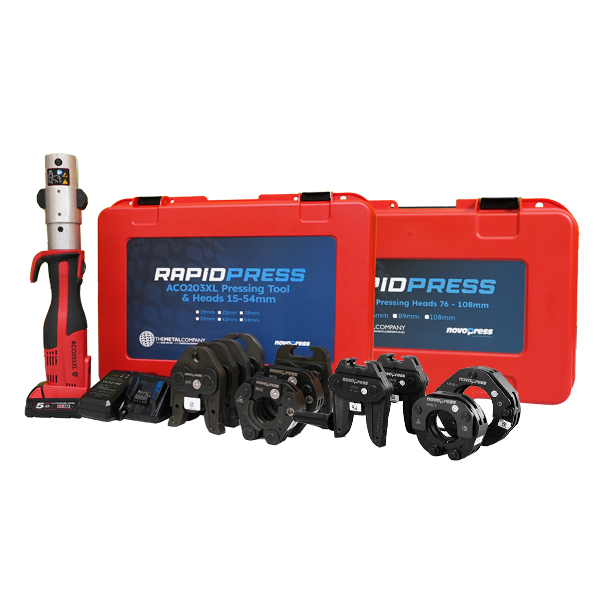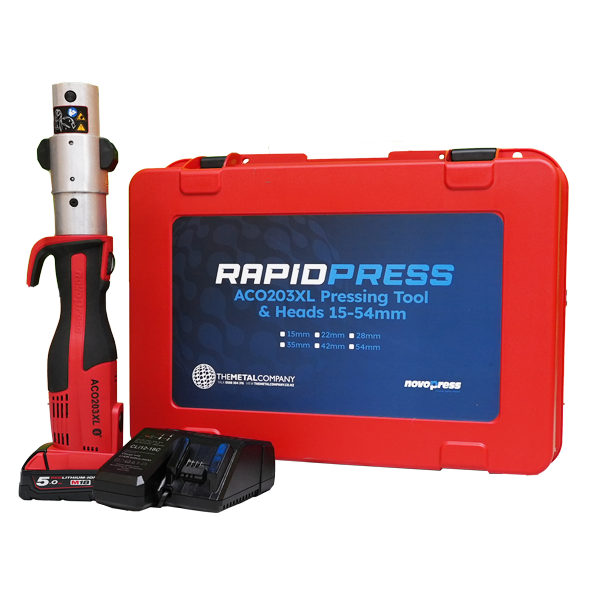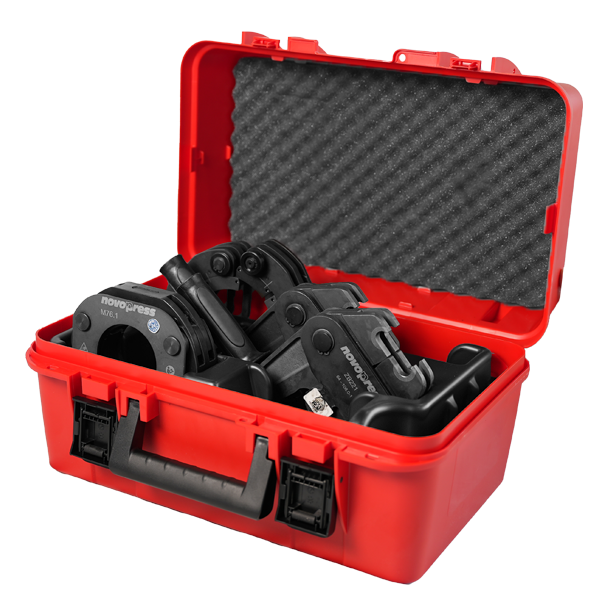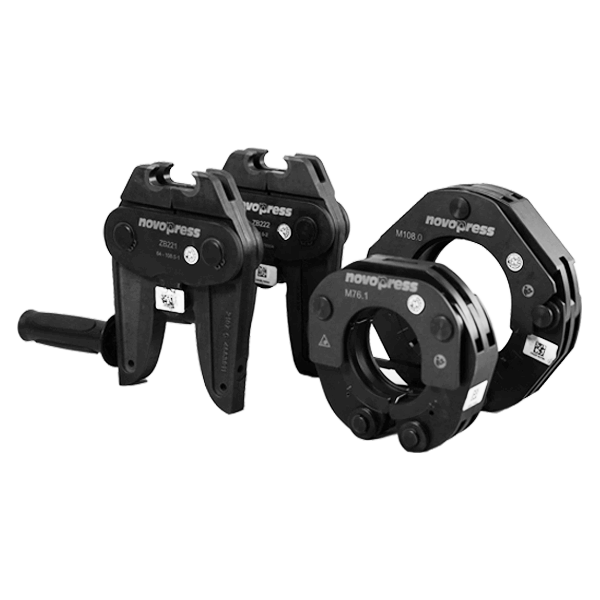The corrosion behaviours of the RapidPress stainless steel press-fit system is dictated by the material used. This is determined by the Cr-Ni-Mo steel with material AISI 316L (1.4404) and Cr-Mo AISI 444 (1.4521).
The following properties result from it:
• Suitability for all potable water;
• Regulations; absolutely hygienic;
• Suitable for mixed installations;
• Suitable for treated, softened and desalinated water.
Bi Metal Corrosion (Mixed Installation) – Din 1988 Part 200
Stainless steel can be combined with all non-ferrous metals (Copper, Brass, Red Brass) in one mixed installation without taking flow rules into account. Bimetal corrosion can only appear on zinc-coated components if they are in direct contact with stainless steel components. Bimetal corrosion can be prevented by installing a spacing section made of non-ferrous material > 80 mm (for example a shut-off valve).
Crevice, Pitting Corrosion (Three Phase Corrosion)
Unacceptably high chloride content in potable water and building materials can lead to corrosion traces on stainless steels. Crevice or pitting corrosion can occur in water with a chloride content which is above the levels of the potable water legislation (max. 250 mg/l). The chloride content of the potable water can be obtained from the local water company. It must be considered that, although the chloride limit for drinking water is equal to 250 mg/l, on the basis of laboratory and construction site experiences, it is recommended not to exceed 100 mg/l. Situations of stagnation of the circulating fluid and dead branches in the system must be properly evaluated when planning and when managing the installation, taking into consideration the parameters about the quality of the water and all the conditions of the installation environment, which may generate corrosion phenomena. As per drinking water systems, it is important to grant a continuous flow, avoiding dead branches and stagnation conditions (EN 806-1). These conditions of application and use, help to preserve the materials of stainless steel range during the time, helping their durability.
Stainless Steel components are in danger of crevice or pitting corrosion if:
• Following pressure testing the system is emptied and some water remains in the piping which is open to the atmosphere. The slow evaporation of the remaining water may lead to an unacceptable increase in the chloride content level and thus initiate pitting (three phase corrosion) at the ‘water-material-air’ interface. If the system cannot be put into operation shortly after pressure testing with water, then the pressure testing should be carried out using air.
• An increase in the water temperature is caused from the outside via the pipe wall (for example electrical trace heating). There may be an increase in chloride ions in the deposits which form on the inside pipe wall during this type of operation.
• Non-approved sealants or plastic tapes containing chloride are used. The transfer of chloride ions from sealant materials to the potable water can lead to local increase in chloride and thus to crevice corrosion.
• If the material is sensitised through incorrect heating. Any heating of the material which leads to tarnishing changes the micro structure of the material and can lead to inter crystalline corrosion. Hot bending or cutting the pipes using a grinder is not permitted.
Outside Corrosion
Stainless Steel components are in danger of outside corrosion if:
• Non-approved insulation materials or lagging are used. Only those insulation materials and lagging are approved which are of AS quality in accordance with AGI Q 135, having a percentage weight of max 0.05% in water soluble chloride ions;
• Stainless Steel is subjected to contact with gases or fumes containing chloride (e.g. Galvanising shops, and swimming pools);
• Stainless Steel comes into contact with building materials which contain chloride, together with dampness;
• A concentration of chloride develops through water evaporation on warm piping (swimming pool atmosphere).
Stainless Steel components can be protected against outside corrosion by means of:
• Closed cell insulation material or lagging;
• Coating;
• Painting;
• Avoiding installation in areas where the risk of corrosion is higher (e.g. Floor without cellar space underneath).
The planner or the fitter carries the responsibility for the selection and installation of the corrosion protection measures.
